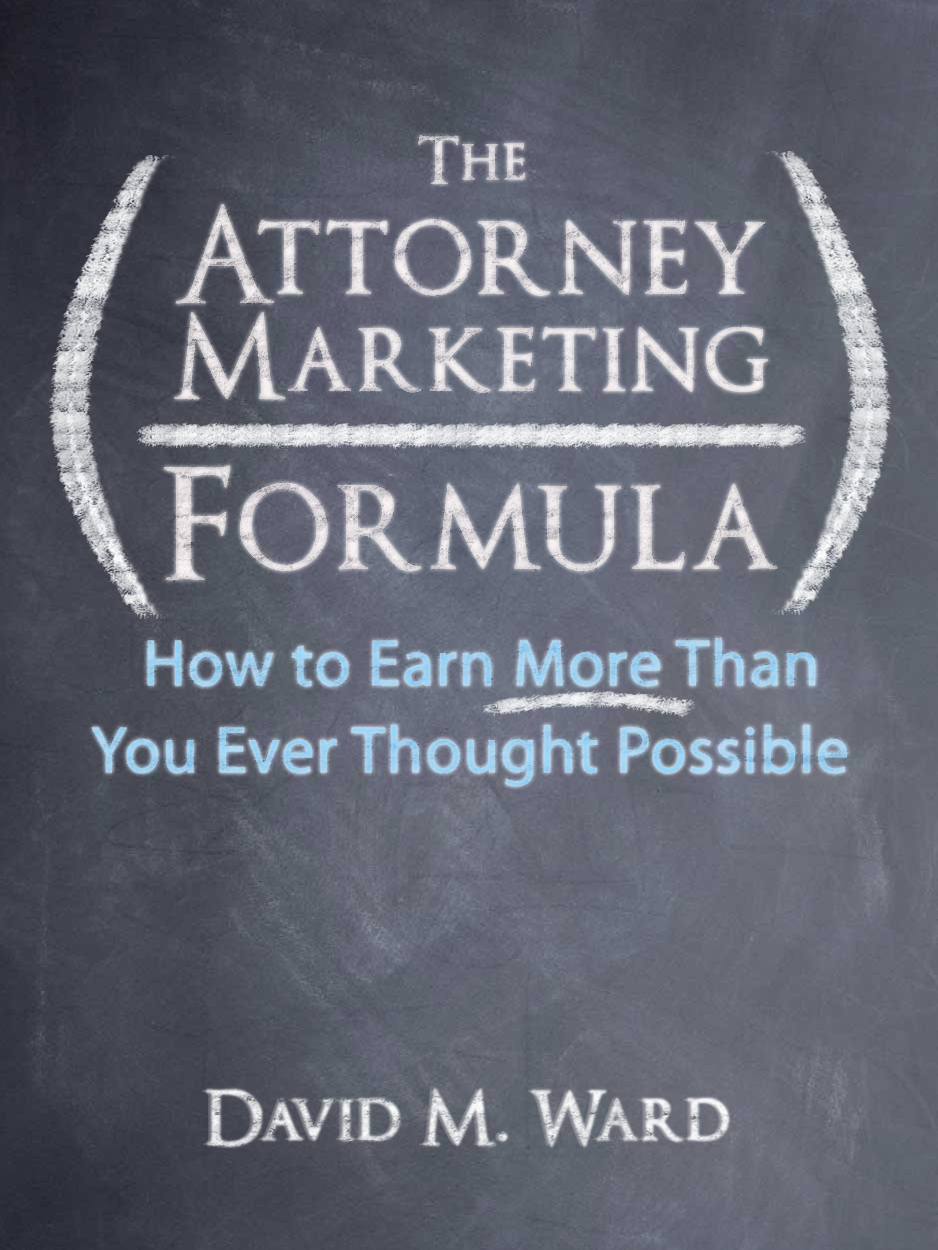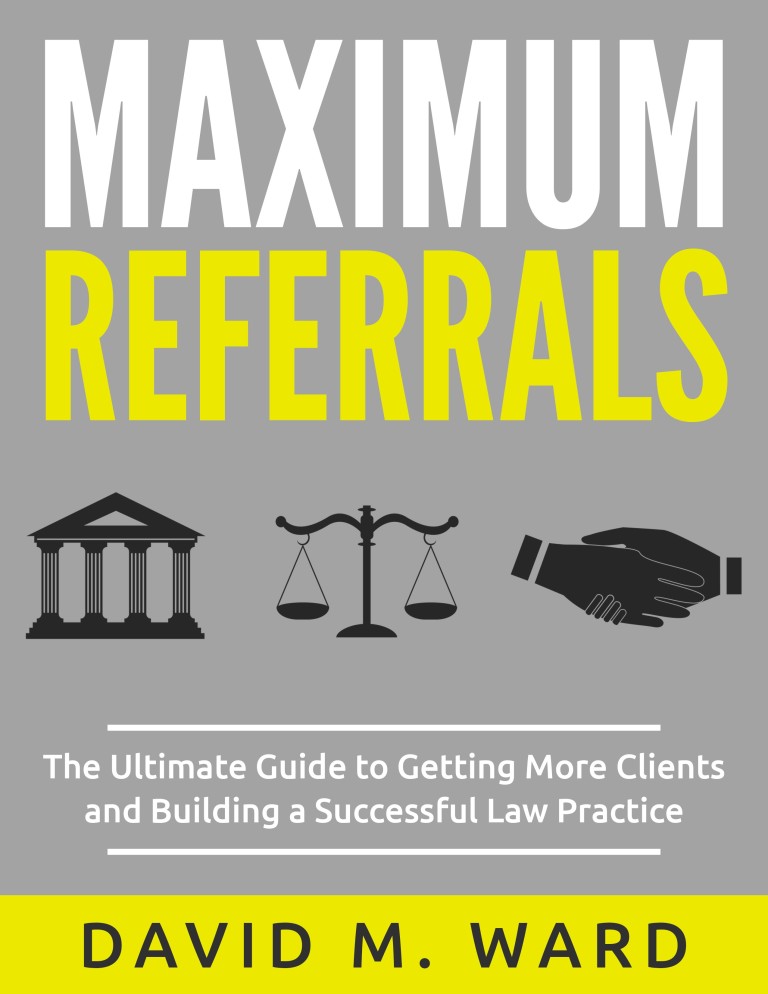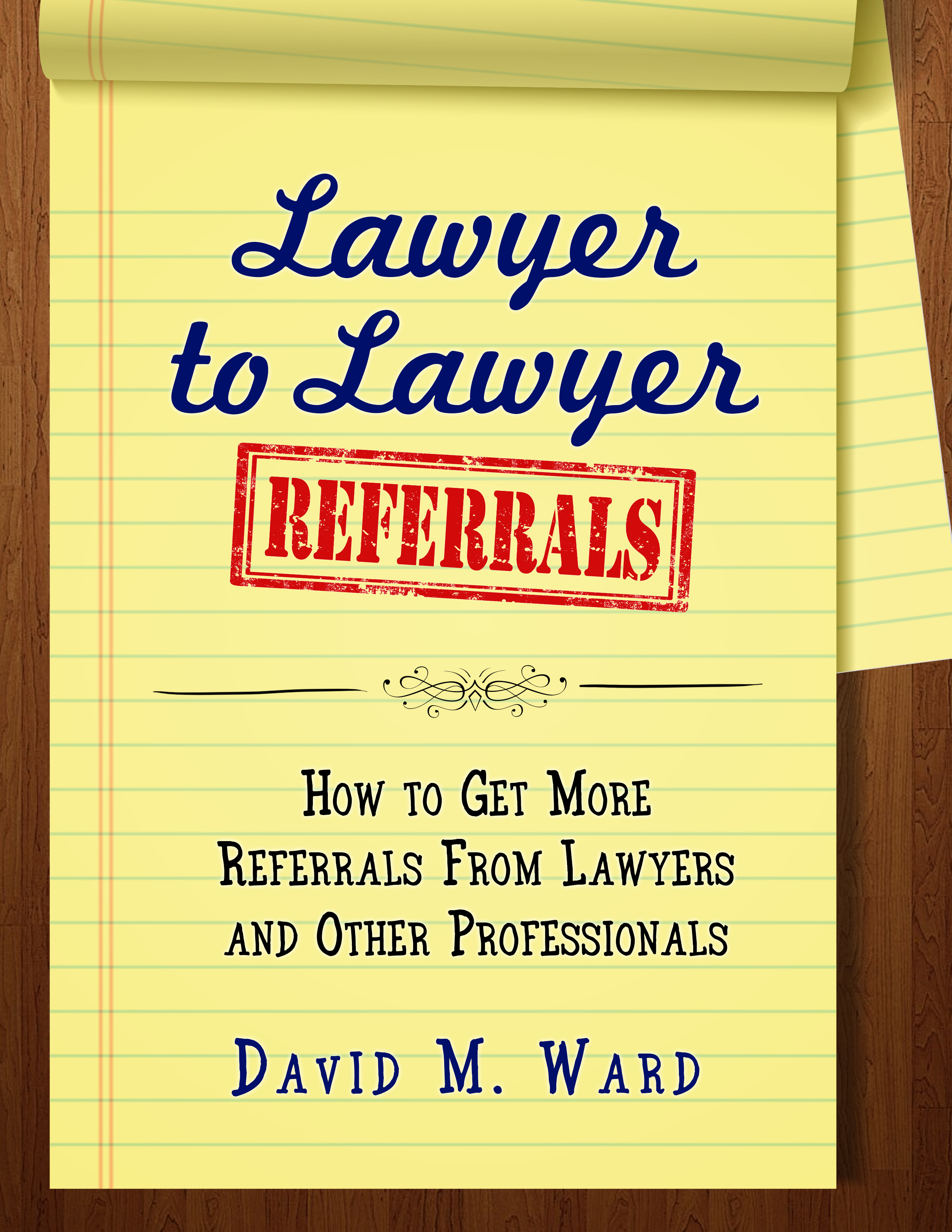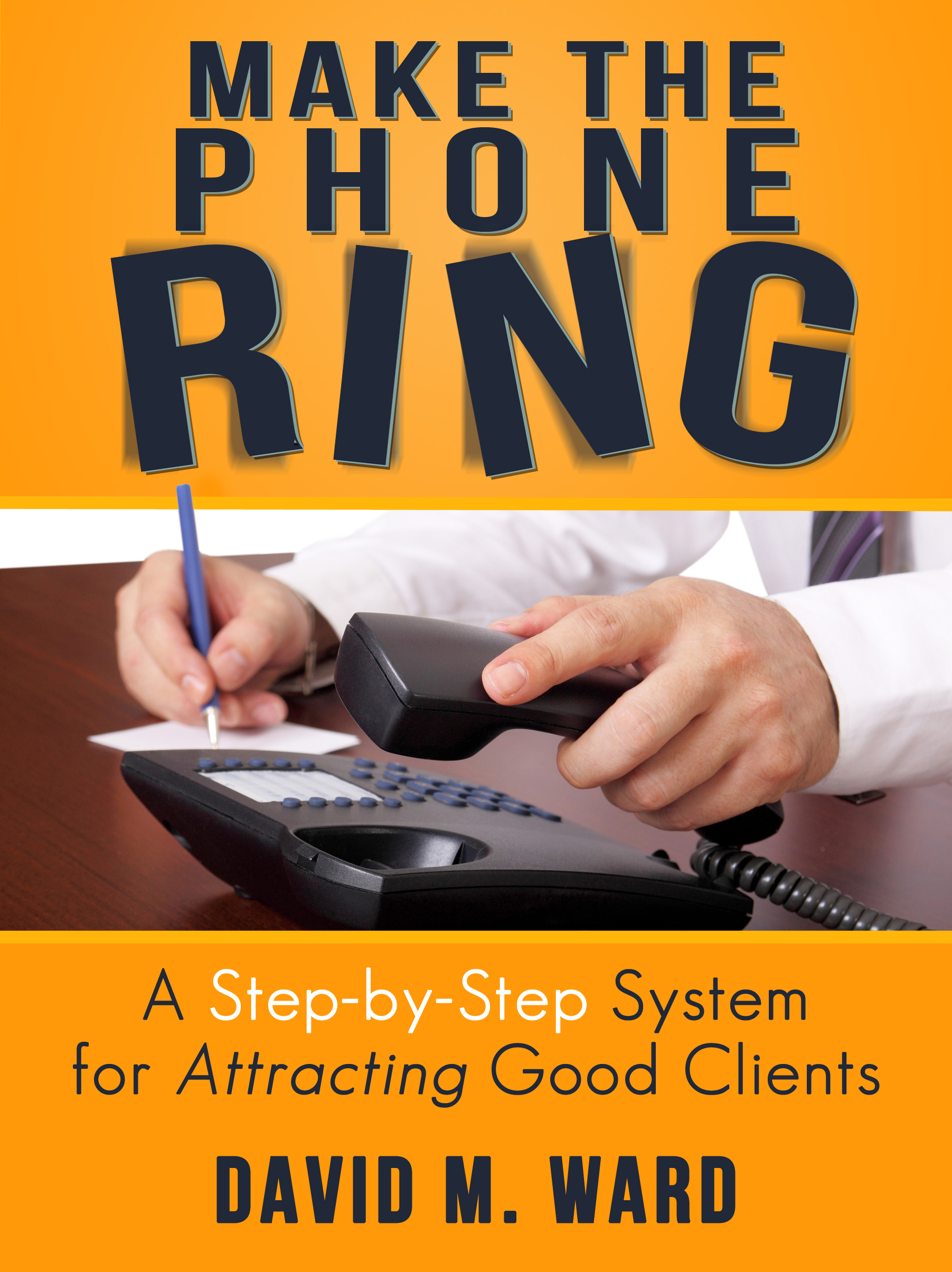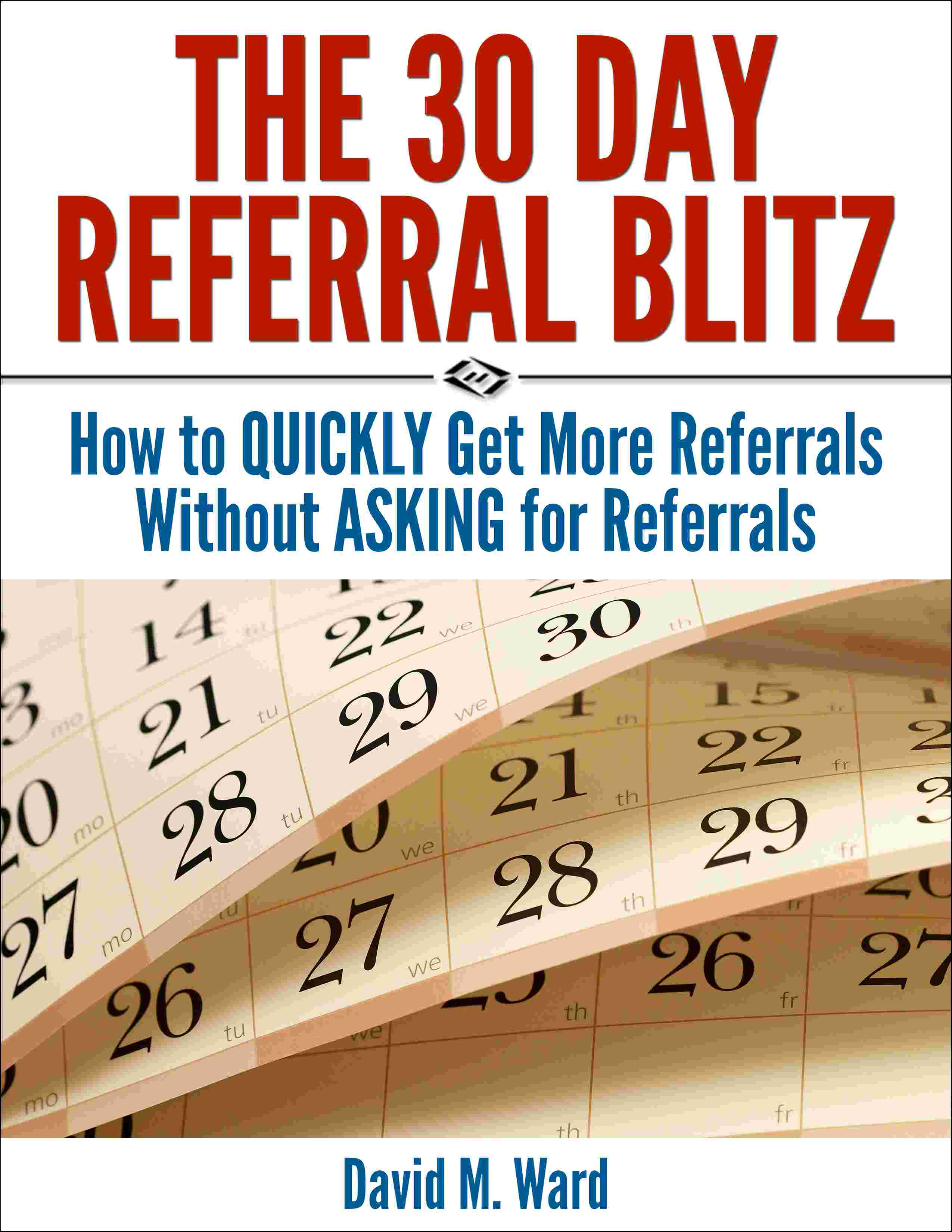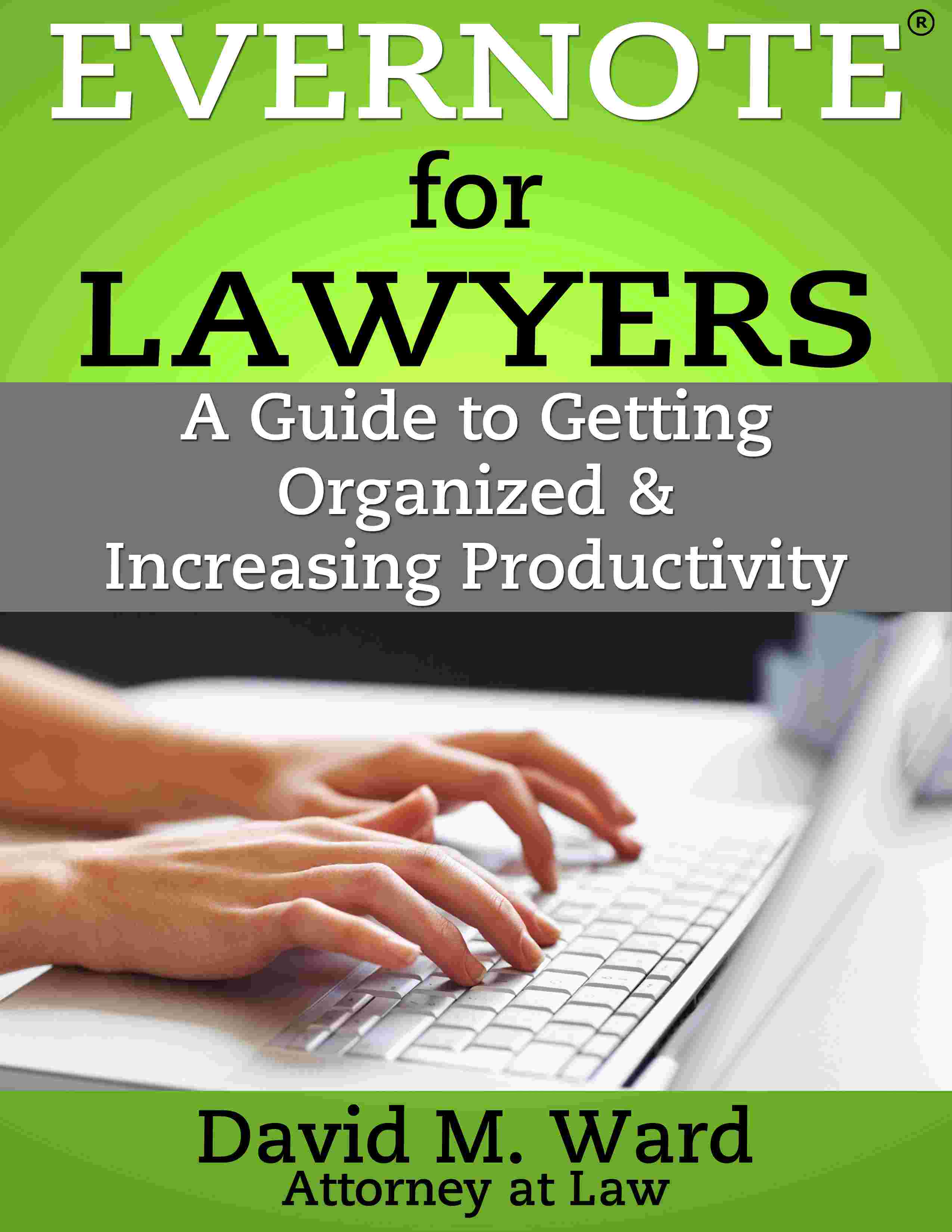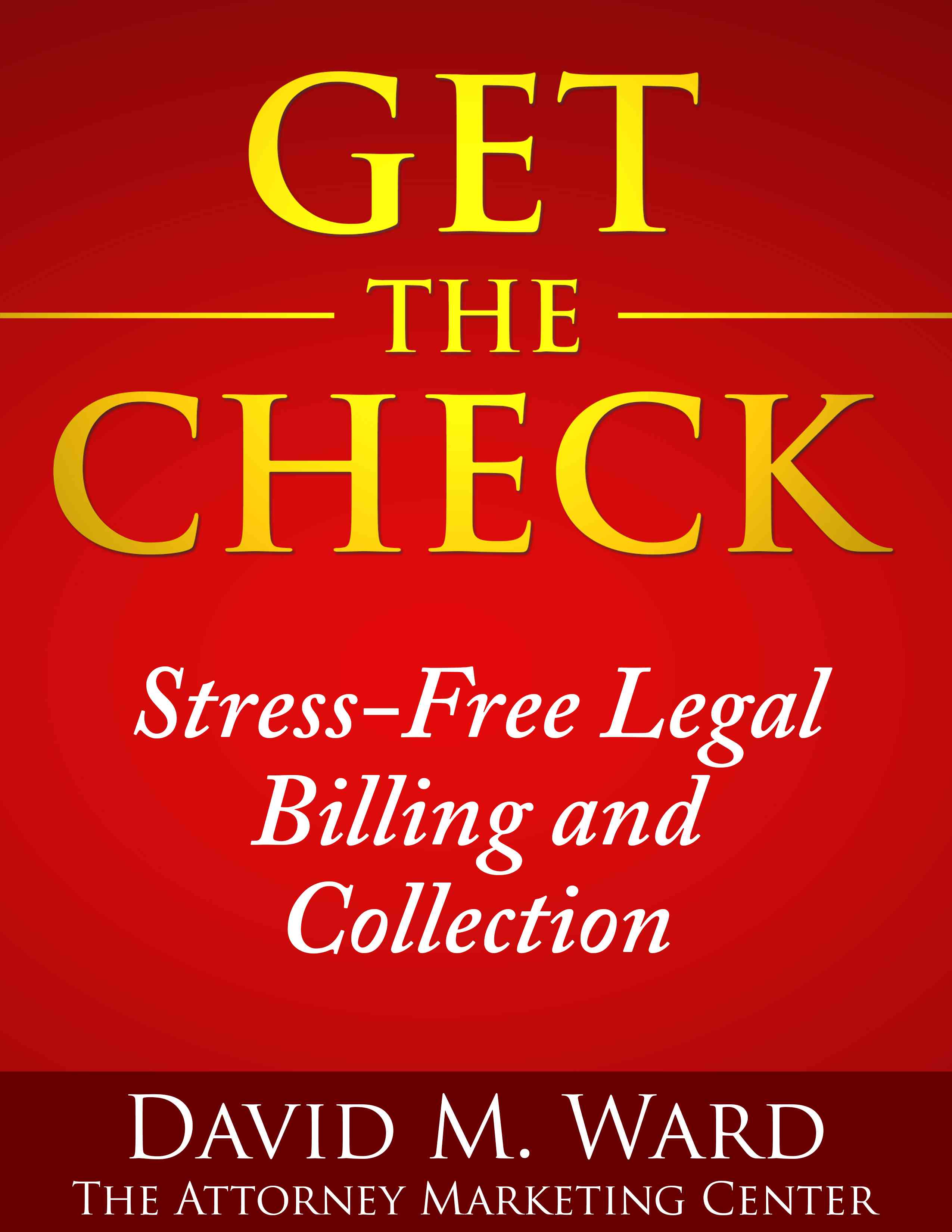Don’t break the chain is a mantra about building habits by steadfastly refusing to miss a day or week or whatever schedule you commit to. It was popularized by Jerry Seinfeld who, at the beginning of his career, committed to writing at least one new joke every day, followed by making a big X for his wall calendar. Those check marks formed a chain, giving rise to the statement, “Don’t break the chain”.
Good advice. We build habits by what we repeatedly do and being accountable to doing them makes it more likely we will.
The problem is, Seinfeld has denied saying this or even doing it. No matter, it’s still good advice. When we’re tired or busy and don’t feel like doing the task, reminding yourself to not break the chain can help you maintain the habit.
I do it with my writing. Every week day, I write and post an article. I’ve been doing that now for several years and I’m glad I do.
But I’ve also broken the chain.
When I do, sometimes, I re-post something I wrote and published in the past. Sometimes, I don’t. Because I know that if I miss a day (and break the chain), I can just start again (and I do).
You can, too.
If you miss a day or week of writing, hitting the gym, calling a prospect or client, or depositing money in your precious metals saving account, it’s not the end of the world.
Just start again.
What’s important isn’t having a perfect record. It’s that if you miss, you care enough to start again.
Your intention counts. If you regret missing a day, the habit still exists. If you don’t at least think about missing the day, you weren’t serious about making it a habit.
Don’t beat yourself up when you miss. Just start again.
New day, new chain.

